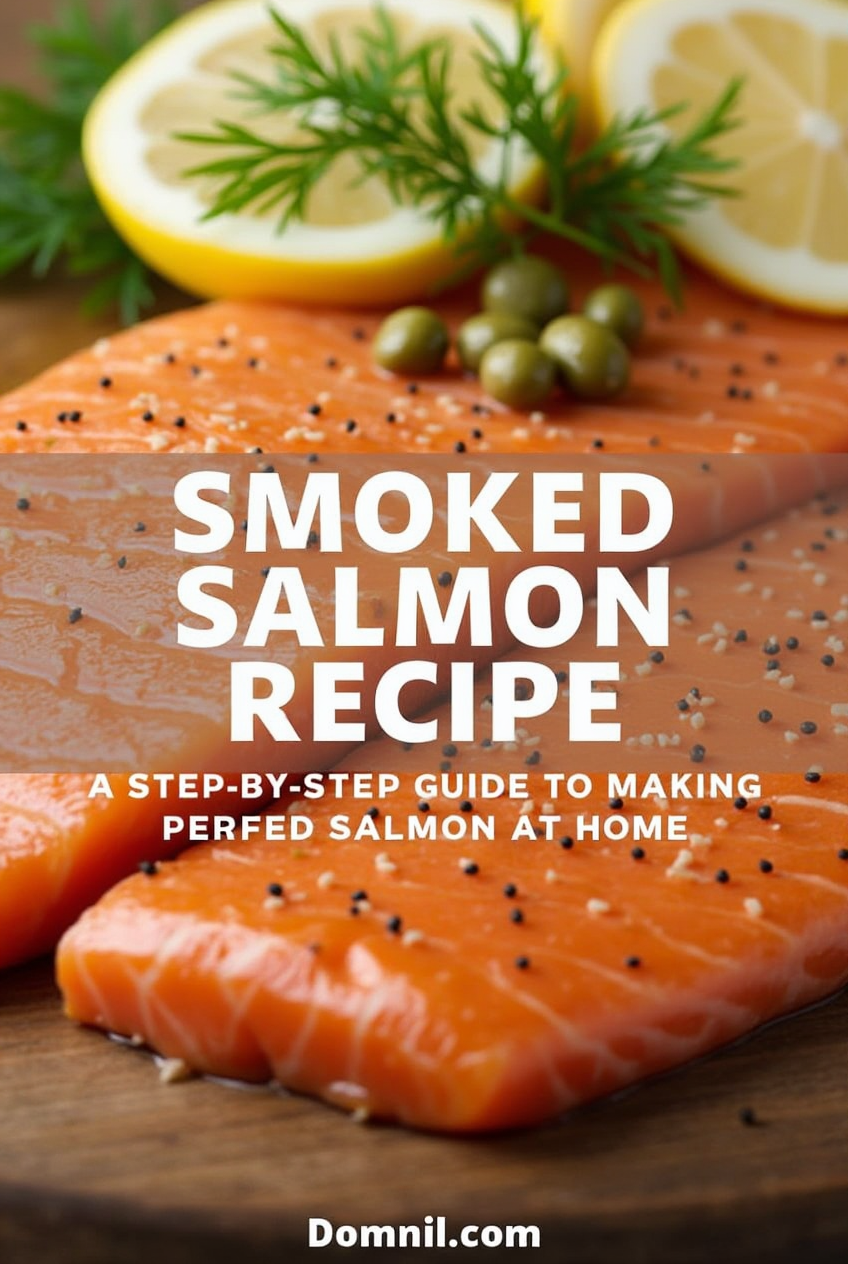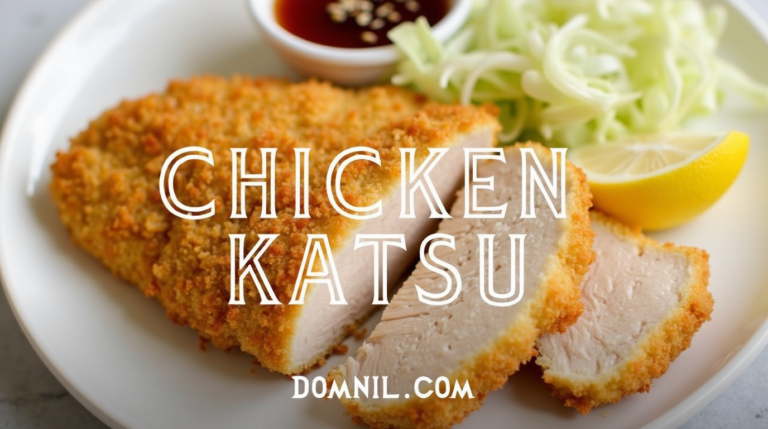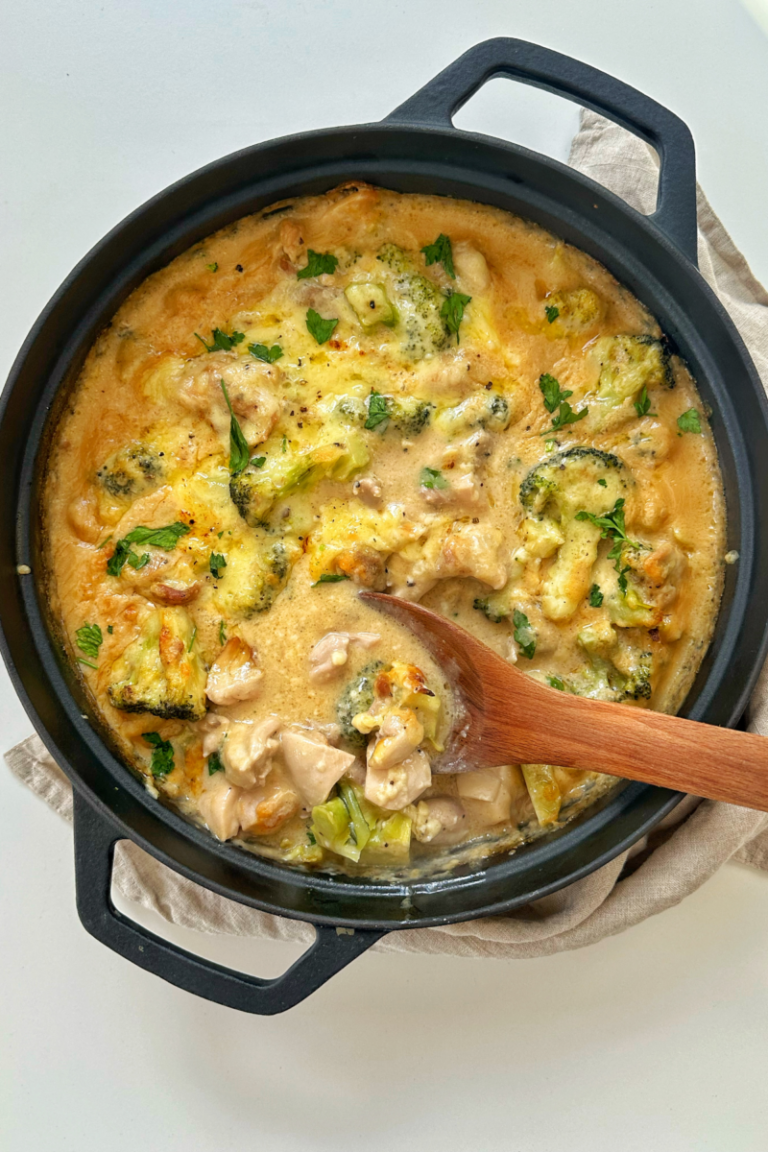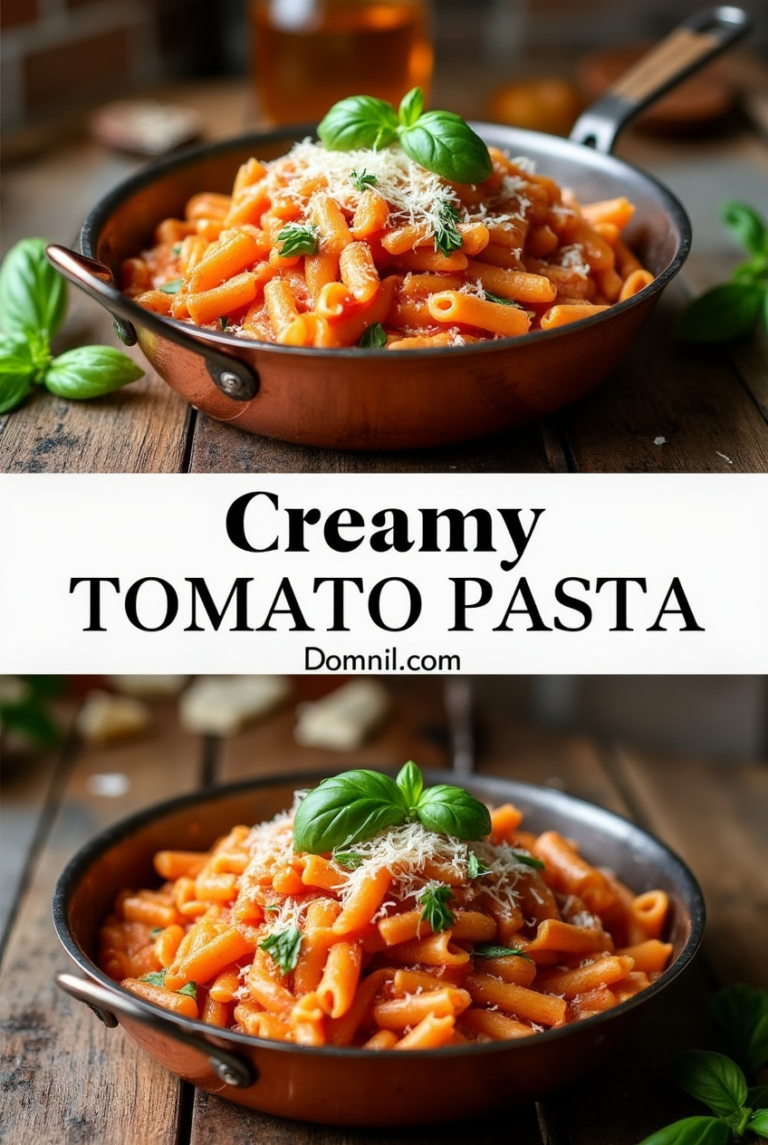Smoked Salmon Recipe: A Step-by-Step Guide to Making Perfect Smoked Salmon at Home
Smoked salmon is a delicacy loved worldwide for its rich, smoky flavor and melt-in-your-mouth texture. Whether enjoyed on a bagel with cream cheese, tossed in a salad, or served on a charcuterie board, this versatile dish is a favorite among seafood lovers.
Making smoked salmon at home may sound intimidating, but it’s surprisingly simple with the right ingredients, tools, and techniques. Plus, it allows you to control the quality, flavor, and smokiness to your preference. Store-bought smoked salmon can be expensive, so learning to make your own can be a game-changer!
In this guide, we’ll walk you through every step to make delicious smoked salmon from scratch.
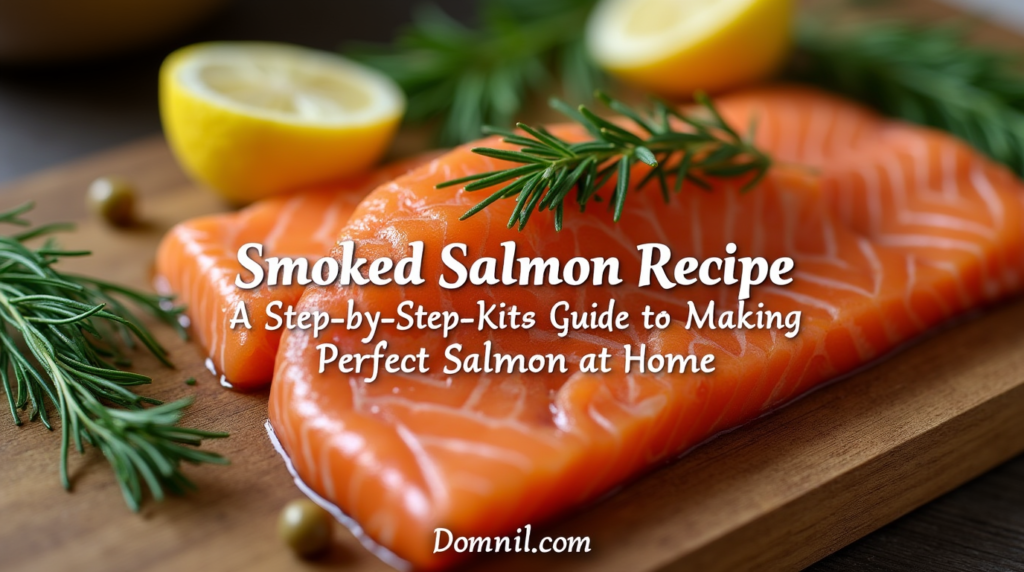
Table of Contents
History of Smoked Salmon
The tradition of smoking salmon dates back thousands of years. Indigenous people in North America and Europe used smoking as a preservation method, allowing them to store fish for long periods without refrigeration.
In the early days, smoking was a necessity rather than a luxury. Over time, it became a refined culinary practice. In the 19th and 20th centuries, smoked salmon gained popularity in Europe, particularly in Scotland and Scandinavia, where it became a sought-after delicacy. Today, it is enjoyed worldwide in various forms and flavors.
Types of Smoked Salmon
Smoked salmon is not a one-size-fits-all product. There are different types, each with unique flavors and textures:
1. Cold-Smoked Salmon
- Smoked at a low temperature (70-90°F or 20-30°C).
- Retains a soft, silky texture.
- Commonly found in thin slices and used in bagels or sushi.
2. Hot-Smoked Salmon
- Smoked at a higher temperature (120-180°F or 50-80°C).
- Has a flaky, cooked texture.
- Great for salads, pastas, and sandwiches.
3. Lox vs. Smoked Salmon
- Lox: Cured in a salt brine but not smoked, resulting in a rich, salty flavor.
- Smoked Salmon: Both cured and smoked, giving it a smoky taste.
Each type offers something different, making smoked salmon a versatile ingredient for any meal.
How Smoked Salmon is Made
The process of making smoked salmon involves careful preparation and smoking techniques to enhance flavor and texture.
1. Traditional Smoking Methods
Historically, people used wood-burning smokehouses to preserve fish. The salmon would be cured with salt to remove excess moisture before being slowly smoked over wood chips.
2. Modern Smoking Techniques
Today, commercial smoking operations use advanced technology to control temperature, humidity, and smoke intensity. Some producers add flavor variations using different types of wood, such as oak, maple, or hickory, to create distinct tastes.
Regardless of the method, smoking enhances the natural flavors of salmon while extending its shelf life.
Nutritional Value of Smoked Salmon
Smoked salmon is packed with essential nutrients that make it a healthy addition to your diet.
1. Protein Powerhouse
- Provides high-quality protein essential for muscle growth and repair.
- A 3.5-ounce (100g) serving contains about 18-22g of protein.
2. Omega-3 Fatty Acids
- Rich in EPA and DHA, which support heart and brain health.
- Helps reduce inflammation in the body.
3. Loaded with Vitamins and Minerals
- Vitamin D: Essential for bone health.
- Vitamin B12: Supports nerve function and red blood cell production.
- Selenium: Acts as a powerful antioxidant.
Smoked salmon is not only delicious but also a powerhouse of nutrition, making it a smart choice for a balanced diet.
Health Benefits of Smoked Salmon
Adding smoked salmon to your diet can offer several health benefits:
1. Heart Health
- Omega-3s help lower bad cholesterol levels and reduce the risk of heart disease.
- Supports healthy blood pressure and circulation.
2. Brain Function and Mental Health
- DHA and EPA in salmon enhance cognitive function and may lower the risk of Alzheimer’s disease.
- Omega-3s also reduce symptoms of anxiety and depression.
3. Anti-Inflammatory Properties
- Helps reduce joint pain and inflammation in conditions like arthritis.
- Supports overall immune system function.
Eating smoked salmon in moderation can contribute to a healthier lifestyle.
Possible Health Risks and Concerns
While smoked salmon is highly nutritious, there are some concerns to be aware of:
1. High Sodium Content
- Salt is used in the curing process, making smoked salmon high in sodium.
- Excess sodium intake can lead to high blood pressure and heart issues.
2. Risk of Contaminants
- Some farmed salmon may contain harmful chemicals like PCBs and mercury.
- Opting for wild-caught salmon can reduce exposure to contaminants.
3. Foodborne Illness Risk
- Cold-smoked salmon carries a slight risk of bacterial contamination.
- Pregnant women and individuals with weakened immune systems should be cautious.
By choosing high-quality smoked salmon and consuming it in moderation, you can enjoy the benefits while minimizing risks.
Types of Smoked Salmon
Before diving into the recipe, it’s important to understand the two main types of smoked salmon:
1. Cold-Smoked Salmon
- Smoked at a low temperature (75-85°F or 24-30°C)
- Has a silky, raw-like texture
- Requires a longer smoking time (12-24 hours)
- Commonly used in bagels, sushi, and salads
2. Hot-Smoked Salmon
- Smoked at a higher temperature (120-180°F or 49-82°C)
- Fully cooked with a flaky texture
- Takes 2-4 hours to smoke
- Works well in sandwiches, pasta, and dips
Each type has its unique flavor profile, so choose one based on how you plan to enjoy it!
Essential Ingredients for Smoked Salmon
The best-smoked salmon starts with the right ingredients:
- Fresh salmon fillet (preferably wild-caught)
- Salt (kosher or sea salt for brining)
- Sugar (brown sugar or maple syrup for sweetness)
- Black pepper (optional)
- Garlic powder or fresh garlic (for added depth)
- Lemon zest (enhances flavor)
- Fresh herbs (dill, thyme, or rosemary)
The key to delicious smoked salmon is a balance of salt, sweetness, and smokiness.
Tools and Equipment Needed
- Smoker (electric, charcoal, pellet, or stovetop)
- Wood chips or chunks (hickory, applewood, cherry, or alder)
- Sharp knife (for trimming and deboning)
- Wire rack (for drying the salmon)
- Large dish or ziplock bag (for brining)
- Thermometer (to monitor smoking temperature)
If you don’t own a smoker, don’t worry! You can still achieve great results using an oven or stovetop smoker.
Step 1: Preparing the Salmon
- Choose a high-quality fillet – Wild-caught salmon is best for its firm texture and rich flavor.
- Remove bones – Use tweezers to pull out any pin bones.
- Trim the edges – If needed, trim thin parts to ensure even smoking.
- Pat the salmon dry – This helps with brining and forming the pellicle later.
Step 2: Brining the Salmon
Brining is essential for flavor and moisture retention. There are two methods:
1. Wet Brine
- Mix 4 cups of water, 1/2 cup salt, 1/2 cup sugar, and spices.
- Submerge the salmon and refrigerate for 8-12 hours.
2. Dry Brine
- Mix 1/2 cup salt, 1/2 cup sugar, and spices.
- Rub the mixture all over the salmon.
- Cover and refrigerate for 8-12 hours.
After brining, rinse the salmon thoroughly and pat it dry.
Step 3: Drying and Forming the Pellicle
The pellicle is a sticky surface that helps smoke adhere to the salmon.
- Place the brined salmon on a wire rack.
- Let it air-dry in the fridge for 2-4 hours.
- The salmon should develop a slightly tacky outer layer.
Skipping this step can result in uneven smoking!
Step 4: Smoking the Salmon
- Preheat the smoker – Maintain 120-180°F (for hot smoking) or 75-85°F (for cold smoking).
- Choose your wood – Alder, applewood, or cherry wood work best.
- Smoke the salmon – Place it skin-side down on the smoker rack.
- Monitor the temperature – Smoke for 2-4 hours until the internal temperature reaches 145°F (for hot smoking).
For cold smoking, the process takes much longer (12-24 hours) at lower temperatures.
Step 5: Cooling and Storing
- Let the smoked salmon cool completely before storing.
- Wrap tightly in plastic wrap and refrigerate for up to 10 days.
- Freeze for up to 3 months for longer storage.
Serving Suggestions
Smoked salmon pairs beautifully with:
- Bagels & Cream Cheese
- Scrambled Eggs or Omelets
- Salads & Wraps
- Pasta Dishes
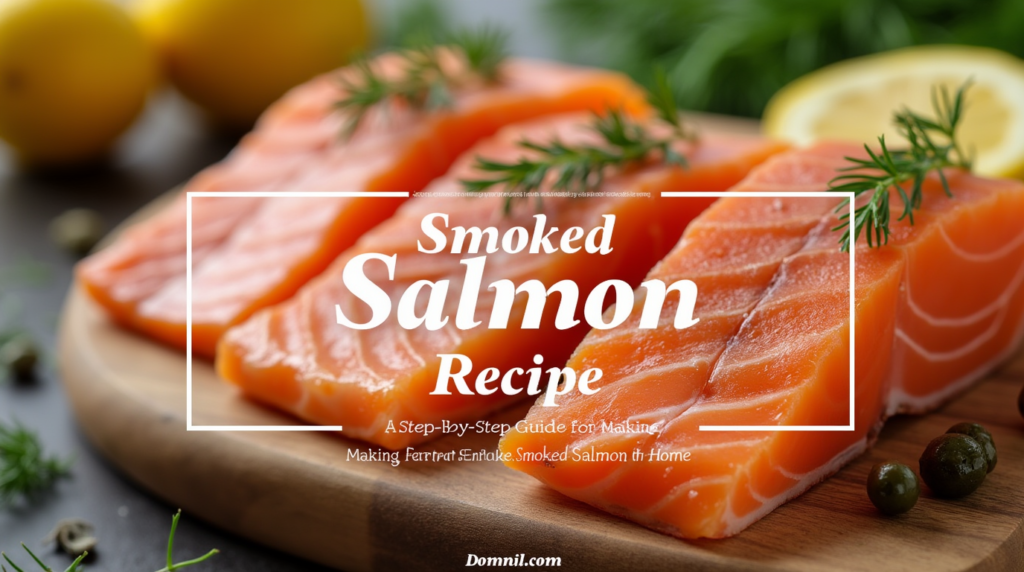
Conclusion
Making smoked salmon at home is easier than you think! With the right ingredients and techniques, you can create delicious, restaurant-quality smoked salmon. Try experimenting with different seasonings and wood chips to find your perfect flavor.
FAQs
- How long does homemade smoked salmon last?
- It stays fresh for 10 days in the fridge and up to 3 months when frozen.
- What’s the best wood for smoking salmon?
- Alder, applewood, cherry, and hickory are great choices.
- Can I smoke salmon without a smoker?
- Yes! Use an oven or stovetop smoker for similar results.
- Is smoked salmon healthy?
- Yes! It’s high in protein, omega-3 fatty acids, and essential nutrients.
- Can I reheat smoked salmon?
- Yes, but it’s best served cold or at room temperature to preserve texture.

